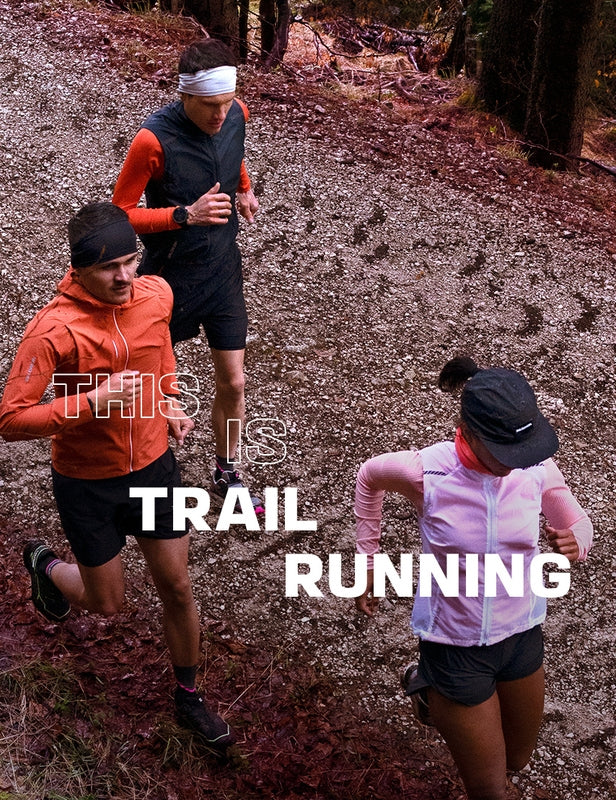The drop of a shoe is the difference in height between the heel and forefoot. The greater the drop, the steeper the angle between your heel and forefoot.
For example, when barefoot, the heel and forefoot touch the ground at the same level: drop is 0. At the other end of the scale, when wearing high heels, the drop is much greater.
Drop is something that has been at the center of attention for many years because the wrong choice - or in other words, a choice that is not adapted to your natural stride - can increase your risk of injury. A drop that is not suited to your natural stride will force you to adopt a different stride, and suddenly and abnormally increase the stresses on your muscles and tendons. In the beginning this might cause unusual aches and pains that could develop into tendonitis or periostitis injury.
HOW MUCH DROP DO I NEED IN MY RUNNING SHOES?
As explained in our article “How to Choose Your Running Shoes”, it is important to find the amount of drop that matches your natural stride. If you’re not getting injured, then stick with your usual drop.
If you’re shopping for your first pair of running shoes, or have never thought about drop before, then here are a few guidelines that will help:

- More than 6mm drop: regular drop, recommended for runners whose foot meets the ground with the heel first (the majority of runners).
- Less than 6mm drop: low drop that is getting close to a barefoot stride. Best suited to runners who run regularly and whose forefoot or midfoot hits the ground first.
You can ascertain your natural stride by performing an analysis using specific sensors attached to your feet and slow-motion video. The measurements from these tools allow you to precisely measure how you strike the ground when running: with your heel or your forefoot. There are specialty running stores that have this equipment and can offer this kind of analysis.


SHOULD THE AMOUNT OF DROP BE BASED ON DISTANCE?
There is no relationship between drop and the distance you run when training or during a race. Again, it’s all about finding the amount of drop that matches your natural stride.
Don't confuse drop and sole thickness
There is a common belief that a shoe with a thick sole will also have a significant drop. These are actually two completely different things. It is totally possible to design a shoe with a thick sole but without any height difference between the heel and forefoot. The drop on a shoe like this would be low, or even zero, despite the thickness of the sole.
--- Our trail running shoes for WOMEN | for MEN
--- Our running shoes for WOMEN | for MEN
Drop is not the only criterion to take into account when choosing a pair of running shoes. It’s important to find the right size and also think about cushioning, dynamism, flexibility and the weight of the shoe.


![What is [opti.vibe]?](http://salomonsports.co.za/cdn/shop/articles/landscape_13006_Optivibe.jpg?v=1676810015&width=616)
